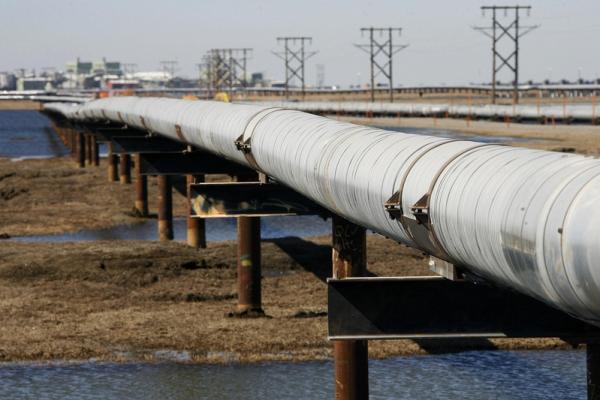Investing.com - Oil prices struggled for direction on Friday but remained on track for weekly declines of more than 2% after increasing U.S. output and a return of a Russian pipeline caused jitters over market rebalancing.
New York-traded West Texas Intermediate crude futures inched up 5 cents, or 0.1%, from late Thursday to stand at $61.86 a barrel by 7:19 AM ET (11:19 GMT), paring weekly losses to roughly 2.3%.
Meanwhile, Brent crude futures, the benchmark for oil prices outside the U.S., traded down 17 cents, or 0.2%, to $70.58, taking this week’s decline to 2.2%.
Oil has tumbled this week after data from the U.S. Energy Information Administration showed U.S. crude production hit a record 12.3 million barrels per day (bpd), an increase of around 2 million bpd from a year earlier.
That was coupled with a rise in U.S. crude stockpiles of nearly 10 million barrels and an unexpected build in gasoline inventories.
Rising production stateside has caused concern that OPEC-led efforts to rebalance markets by curbing output would be insufficient to reduce global supply. Those fears have increased since Saudi Arabia hinted it could unilaterally replace any Iranian supplies lost due to a tightening of U.S. sanctions.
Weak manufacturing data this week from both the U.S. and China have also reignited concerns over the global slowdown and its negative impact on demand.
OPEC said on Thursday that it forecast demand for its crude to drop to 30.3 million bpd in 2019, around 1.1 million below the estimated 2018 level.
Adding to bearish sentiment on Friday, Reuters cited traders who said that Russia had resumed shipments through a pipeline toward western Europe, after several countries last week halted imports because of contamination.
In other energy trading, gasoline futures rose 0.3% at $2.0246 a gallon by 7:22 AM ET (11:22 GMT), while heating oil dropped 0.4% to $2.0692 a gallon.
Lastly, natural gas futures traded up 0.8% at $2.610 per million British thermal unit.
